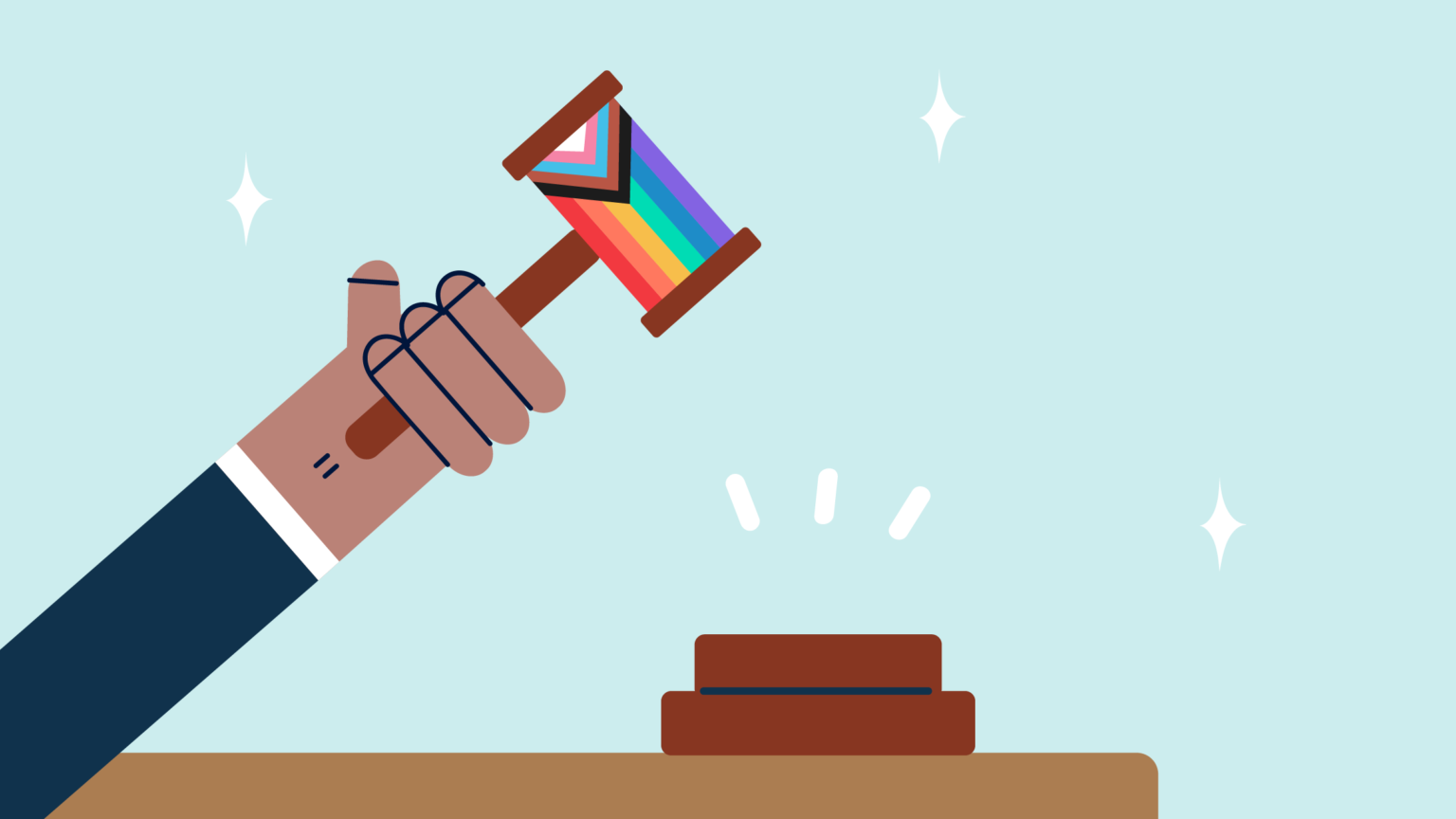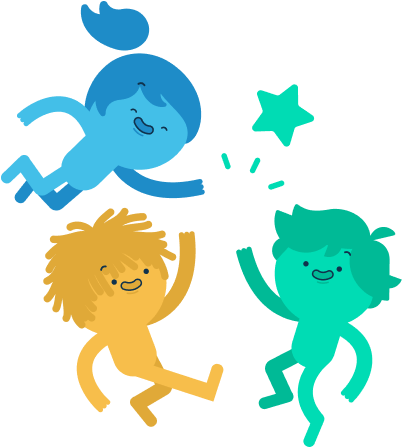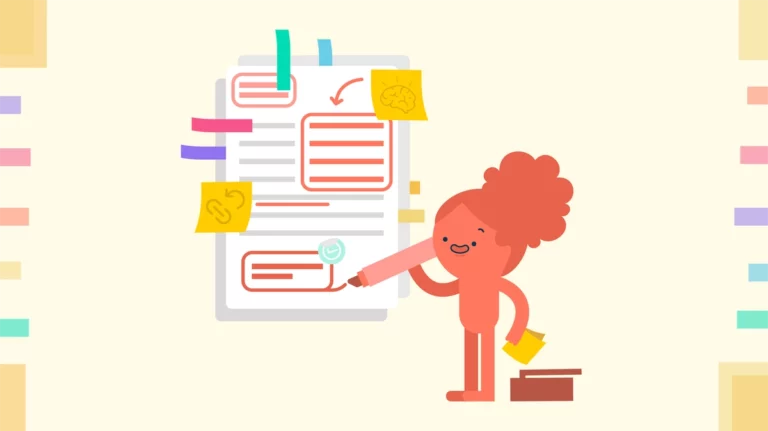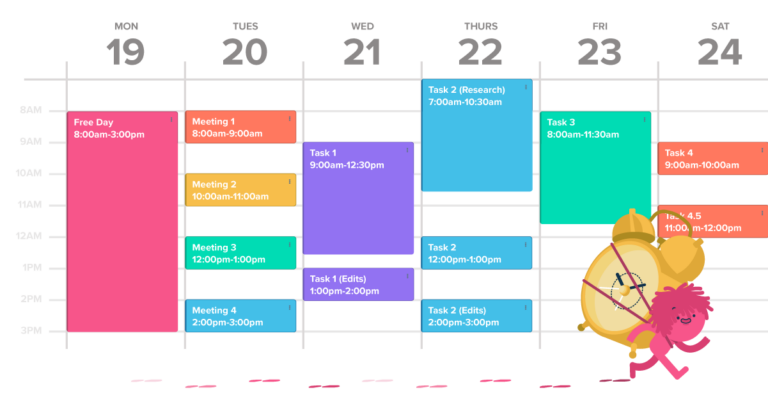The History of the LGBTQ+ Movement – In a Few Quick Lines
The history of the LGBTQ+ movement is long and complicated, but here’s a brief overview to get you up to speed.
In simple facts, LGBTQ+ people are nothing new – it’s the attitude towards the community that is constantly changing (luckily for us, finally for the better). Owing to the toxic influences of organised religion, homosexuality, which had been accepted before, was suddenly met with massive resistance. Interpreters of the Bible posited that same-sex relationships were obscene, influencing the public opinion so heavily that even the King listened to it.
Henry VII passed the Buggery Act in 1533, banning homosexual relationships and inciting the long, strenuous war the LGBTQ+ community had to wage in order to reclaim their freedoms.
Gay Liberation Movement Across the Globe
While history has seen many great people identifying as LGBTQ+ and fighting a good fight, the real movement was born in the 1960s and 1970s. By born, I mean it became a more concentrated effort spurred on by the desperate need for justice. The LGBTQ+ community started forming, staging protests, and actively and publicly advocating for gay rights. Things went down differently in different countries, but we’re sticking to the Anglophone world today.
Gay Rights Movement – The UK Had an Idea (It Stole It From the US)
In the 1950s, it was illegal for two men to be in a relationship all across the UK (it was never officially illegal for women, though, only frowned upon). A group of forward-thinking people founded a group that started assessing laws prohibiting homosexual relationships and urged the government to change something (most notably Sir John Wolfenden, the chair of the group). The government took its sweet time, but in 1967, relationships between two men were finally decriminalised. In theory, that meant they couldn’t be arrested anymore, but there were still many by-laws in place that kept them far from enjoying equal rights.
In 1969, the Stonewall Riots in New York City took place after an unjustified police raid on the Stonewall Inn, sparking global displeasure and inspiring action. The first Pride parade took place in London on 1 July 1972 (two years after the US) and was attended by 2000 people calling for equal rights.
Terms like ‘the age of consent’ and ‘civil partnerships’ entered the daily vocabulary of the political fight. The Gay Liberation Front met for the first time and started working on promoting welfare for LGBTQ+ people across the country. Their manifesto declared that the oppressed homosexuals were finally becoming angry, signalling the general view on prohibitive laws and discrimination.
Gay Rights Movement in the 1970s and 1980s
After the first Pride, the Campaign for Homosexual Equality (CHE) was founded in Manchester. Its aim was to promote equality through legal reform. Encouraged by the open call for equality, many people come out as homosexual or transgender, inspiring a series of documentaries, books, and TV shows divulging personal experiences and journeys. A journal called the ‘Gay Left’ started its serial publication in 1975, and the Liberal Party (now Liberal Democrats) became the first political party to support LGBTQ+ rights.
The British political language soon introduced the dreaded ‘Section 28’ into its vocabulary. From 1988 to 2003, this clause prohibited any ‘promotion’ of homosexuality. As if one’s sexuality is something you promote. In reality, this also meant that schools were not allowed to talk or teach about sexual orientation, upholding the view that relationships and marriage are only between men and women. Jaded by the new law, Sir Ian McKellen came out in response to Section 28 and helped co-found Stonewall (named after the Stonewall Riots) to promote LGBTQ+ rights and provide support and help to the community.
With the ball slowly rolling, the World Health Organization revoked its statement that homosexuality was a mental disease. In the 1990s, more people openly identified themselves as LGBTQ+ and started calling for equal treatment in all spheres of life. With the foundation of OutRage, citizens campaigned against police brutality and the criminalisation of gay rights, demanding legal protection. And wouldn’t you know it, suddenly hate crimes against LGBTQ+ people were punishable by law (about time). On this occasion, we offer our condolences to all families who lost someone due to ignorant, unforgivable hatred.
The new century brought many monumental steps in the promotion of LGBTQ+ rights in the UK, including legalised marriages between any two consenting adults, as well as the right to adopt. Stonewall launched numerous educational campaigns in schools to combat homophobia and transphobia, and many parents have banded together and founded organisations to help children struggling with their sexual identity. Northern Ireland legalised gay marriage in 2020 (took them long enough). Overall, the UK has made some decent progress: keep it up!
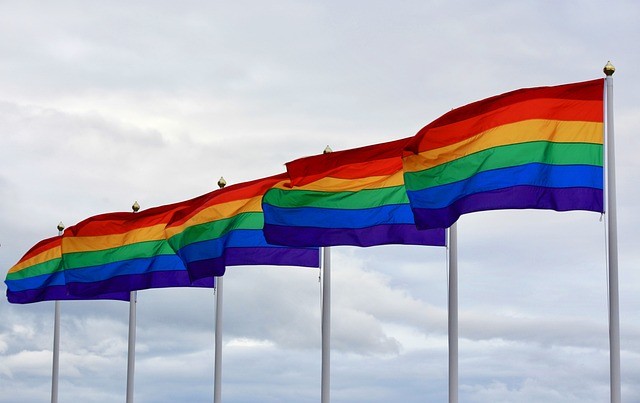
Gay Rights Movement – The US Edition
Rewinding the clock a bit: Did you know that Thomas Jefferson proposed castration for all gay men in 1779? Talk about your everyday eighteenth-century liberalism. His view, however, was not singular. It was so common that it took decades of rioting, not protesting, to dismantle it.
The first national gay rights organisation was founded in 1951. The problem? It was the 1950s in America – you know, the pin-up posters of women being forced to make dinner every night for their husbands (until they snapped and were proclaimed mad as a result). Great times, right? The decade was not particularly welcoming to any pro-gay sentiment, so the first official organisation went under a false name and used code to communicate. The founder, Harry Hay, named it the Mattachine Society after the Italian puppet-theatre tradition mattacini, which was used to criticise society. The first lesbian rights organisation followed soon after in 1955 with Daughters of Bilitis (founded by Del Martin and Phyllis Lyon). Neither group could do much activism, so they mainly focused on social work.
Gay Rights Movement: 1960s and 1970s
In 1961, Illinois became the first state to pass the act stating that banning homosexual relationships was unconstitutional. The rest of the country wasn’t so quick on the uptake, though, and with conservativism on the rise, more systemic discrimination solidified. For example, bars would refuse to serve people suspected of being gay. In retaliation, the Mattachine Society staged a ‘sit-in protest’ in which people visited bars, declared themselves gay, and demanded to be served.
In 1969, a police raid on The Stonewall Inn in New York City inspired the Stonewall Riots (the very ones that the UK got the idea from). The riots lasted for almost a week, pushing the police back. A year later, the first Pride was held in New York, commemorating the incident.
The American Psychology Association, whose many views rested on Freudian psychoanalysis, realised that homophobia was a serious social issue, and homosexuality was declassified as a mental illness in 1973. In 1975, the first Bisexual Forum and the Gay Americans Indian Organization were founded in New York City and San Francisco, respectively.
The movement migrated towards bigger cities, with San Francisco taking over as the hub of the LGBTQ+ equality fight. When Harvey Milk, the openly gay county supervisor, was elected, he commissioned Gilbert Baker, asking him to create the new symbol of the LGBTQ+ rights movement. And, just like that, the Rainbow Flag was born and first shown at San Francisco Pride in 1978.
In the upcoming decades, hate crimes and antigay rhetoric incited numerous protests, urging lawmakers to introduce changes. Slowly (but surely indeed!), the States loosened their views, becoming more accepting. In the 1990s, gays and lesbians were allowed to join the army if they kept their preferences a secret with the so-called ‘Don’t Ask, Don’t Tell’ act passed by Bill Clinton (it took another 25 years for transgender individuals to be allowed to serve). Homosexual relationships were decriminalised over time, with Hawaii stepping up and legalising gay marriage in 1991. 2004 was a big year for gay rights, too, as Massachusetts legalised gay marriage after the Goodridge v. Department of Public Health court case. Until this day, 33 states have legalised same-sex marriage, with another 13 … still sleeping, apparently.
Why Is It Gay Rights Movement?
You will have noticed by now that we are directing this article into the gay rights sphere. If you were wondering why, the reason is mainly the combination of criminalisation, visibility, and, well, a bit of patriarchy. Firstly, most laws aimed at homosexual relationships actually ban relationships between men without ever mentioning women. Talk about your basic legal loopholes. Additionally, the movement was mainly led by men in the 1960s and 1970s, giving more visibility and scope to gay rights.
This is not to say that lesbian rights movements didn’t exist or just stood by watching. Quite the opposite – the lesbian rights movement supported gay rights throughout the fight, and, as a sign of gratitude, the former GLBT rights became LGBT(Q+) to honour that support.
Some Gay Rights Movement Leaders You Should Know
Before I sign off, I’ll give you a quick overview of some of the most influential figures in the gay rights movement. I’ve already mentioned Harvey Milk, Gilbert Baker, and Sir Ian McKellen, who have certainly shaped and changed the course of the fight for the better.
Other notable names include:
- Billie Jean King was the first woman to be named sportsperson of the year in 1972. She continues to use her status as an athlete and famous tennis player to openly promote LGBTQ+ rights and gender equality.
- Audre Lorde. The poet and leader of the Black Arts movement, who is openly lesbian, spoke openly and very assertively in favour of equal rights, stating that no person can profit from oppressing someone else (or any part of their identity).
- Larry Kramer. At the beginning of the AIDS pandemic, Kramer was the first to warn about the new disease. He went on to stage protests, organise funds, and, ultimately, lead the battle against the FDA during which it finally relented and approved the use of experimental drugs in treating HIV/AIDS.
- Christine Jorgensen was the first woman to become widely known in the US for having gender reassignment surgery in the 1950s. She used her newfound fame to promote the rights of trans people.
- James Baldwin. Even before the movement officially existed, James Baldwin, a poet and civil rights activist, spoke openly about sexuality and wrote about his own experiences. The impact of his work is particularly important as it helped shape a positive approach to the intersectionality of the gay and black communities.
For a more comprehensive overview of the most important figures of the LGBTQ+ movement, head over here!
Gay Rights Movement is LGBTQ+ Rights Movement
Sure, the name wasn’t as specific back in the day, but history tells us that any identification as LGBTQ+ usually meant stalwart support of every other identification. Owing to some highly influential and absolutely relentless people, LGBTQ+ rights have been steadily improving.
Today, as we celebrate Pride, I invite you to learn as much as possible about the movement and support it wholeheartedly, either as an LGBTQ+ person or an ally. We stand together and raise our glasses for a better tomorrow!
